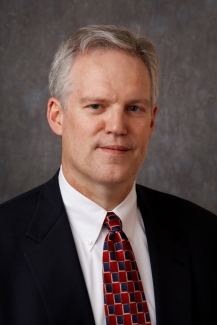
Image: Consolidated
To participate in the CAF-II program, service providers had to commit to delivering up to a minimum of 10/1 Mbps to their target set of homes and businesses.
Steve Childers, CFO of Consolidated Communications, told investors during the Drexel Hamilton Telecom, Media & Technology Conference that its long track record in building out networks in rural markets makes it easier to bring higher speeds to harder to reach customers.
“We’re already well above what the FCC standard is and we feel like we have been investing in rural America for a number of years,” Childers said.
The service provider breaks out broadband availability into three main buckets: Speeds of 20 Mbps, 100 Mbps and 1 Gbps.
Currently, Consolidated can offer 20 Mbps to 89 percent of its user base, while 42 percent can get access to a 100 Mbps connection. Having just launched Sacramento as its latest market, Consolidated reported that 12 percent of its users can get access to a 1 Gbps fiber-based service.
“We’re really making progress on the broadband speeds for our customers,” Childers said.
In 2015, the service provider accepted $14 million in annual CAF II support to deploy broadband to approximately 24,700 rural locations across seven states. In the locations it accepted funds, Consolidated said it will construct and operate a network to offer broadband service speeds of at least 10/1 Mbps.
For more:
- listen to the webcast (reg. req.)
Related articles:
Consolidated battles AT&T, Comcast, and Frontier for 1 Gig dollars in California
Consolidated simplifies California 1 Gig rollout by leveraging existing FTTH network
Consolidated’s Udell: Tuck-in fiber acquisitions will further our strategic growth plans
Consolidated Communications completes CTC acquisition, adds 310 lit fiber buildings to network